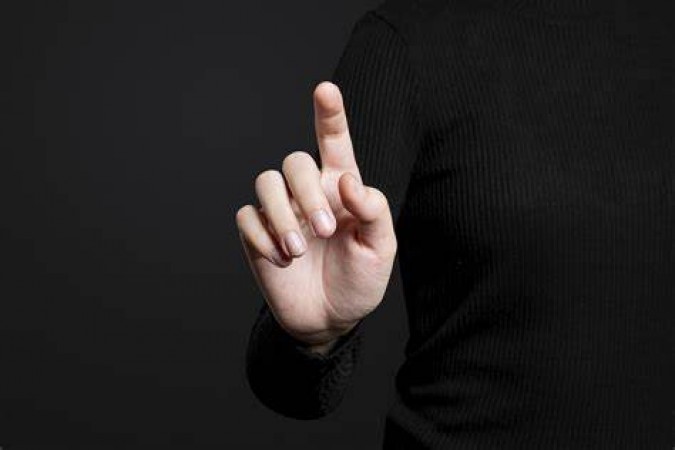
In any social interaction, words convey only a part of the message. Nonverbal cues, also known as body language, play a crucial role in conveying emotions, intentions, and attitudes. Understanding body language can enhance communication, build rapport, and foster meaningful connections. In this article, we will delve into the art of decoding and understanding body language in various social settings.
Importance of Body Language in Social Settings
Body language is a powerful form of communication that complements verbal expression. It can emphasize or contradict the spoken words, allowing us to gauge the sincerity and authenticity of the speaker. In social settings, accurate interpretation of body language helps us respond appropriately and navigate social dynamics effectively.
Key Elements of Body Language
Facial Expressions
Facial expressions are windows to emotions. Smiles, frowns, raised eyebrows, and narrowed eyes all convey different feelings. Understanding these cues helps us empathize with others and respond accordingly.
Gestures and Posture
Gestures and posture vary across cultures and can convey a myriad of messages. Open and relaxed postures indicate approachability, while crossed arms may signify defensiveness or discomfort.
Eye Contact
Eye contact is a fundamental aspect of nonverbal communication. It indicates interest, sincerity, and confidence. However, prolonged or intense eye contact can be intimidating or aggressive.
Proximity
The distance between individuals during a conversation can reveal their comfort level with each other. Being too close might invade personal space, while standing too far might signal disinterest.
Understanding Different Types of Body Language
Positive Body Language
Positive body language includes smiling, maintaining an open posture, and using appropriate gestures. It fosters a warm and welcoming environment, encouraging social bonding.
Negative Body Language
Negative body language involves actions like crossing arms, avoiding eye contact, or fidgeting. It can create barriers and hinder effective communication.
Interpreting Body Language Clusters
Individual nonverbal cues are essential, but interpreting them in clusters is even more insightful. Multiple cues that align or contradict each other provide a clearer picture of the person's emotions and intentions.
Cultural Differences in Body Language
Body language varies across cultures, and gestures may hold different meanings. Understanding cultural nuances helps prevent misinterpretation and promotes cross-cultural understanding.
Tips for Decoding Body Language in Social Settings
Be Observant and Empathetic
Observation and empathy are essential in decoding body language. Pay attention to subtle cues and put yourself in the other person's shoes to better understand their perspective.
Consider the Context
Context plays a significant role in interpreting body language. A gesture or expression that is acceptable in one situation may have a different connotation in another.
Pay Attention to Congruence
Inconsistent verbal and nonverbal cues can signal dishonesty. When the spoken words don't align with the body language, it's crucial to probe further to uncover the underlying message.
Practice Active Listening
Active listening complements the understanding of body language. Focus on the speaker's words, tone, and nonverbal cues to grasp the complete message.
Body Language Mistakes to Avoid
Misinterpreting body language can lead to misunderstandings and awkward situations. Avoid making assumptions based solely on nonverbal cues and always seek clarification when in doubt.
Using Body Language to Improve Social Interactions
Confidence and Power Poses
Confident body language, such as standing tall and using expansive gestures, can boost self-assurance and positively influence interactions.
Mirroring and Building Rapport
Mirroring the body language of others subtly can help establish rapport and create a sense of connection.
Displaying Openness and Approachability
An open and approachable demeanor encourages others to engage in conversation and fosters a welcoming atmosphere.
Body Language in Professional Settings vs. Social Settings
Body language etiquette may differ in professional and social environments. Understanding these distinctions is vital for appropriate conduct.
Decoding Body Language in Dating and Relationships
Body language is particularly crucial in romantic relationships. Understanding partner cues can lead to improved communication and empathy.
The Impact of Technology on Body Language
With the prevalence of virtual communication, body language cues may be limited. Understanding how technology affects nonverbal expression is essential.
Body Language in Public Speaking and Presentations
Effective public speakers utilize body language to enhance their message and engage with the audience.
Overcoming Challenges in Reading Body Language
Interpreting body language is not always straightforward. Recognizing and addressing these challenges can improve accuracy.
In social settings, mastering the art of decoding body language can lead to more meaningful interactions and stronger connections with others. By paying attention to nonverbal cues, understanding cultural differences, and practicing empathy, we can navigate social situations with confidence and ease.